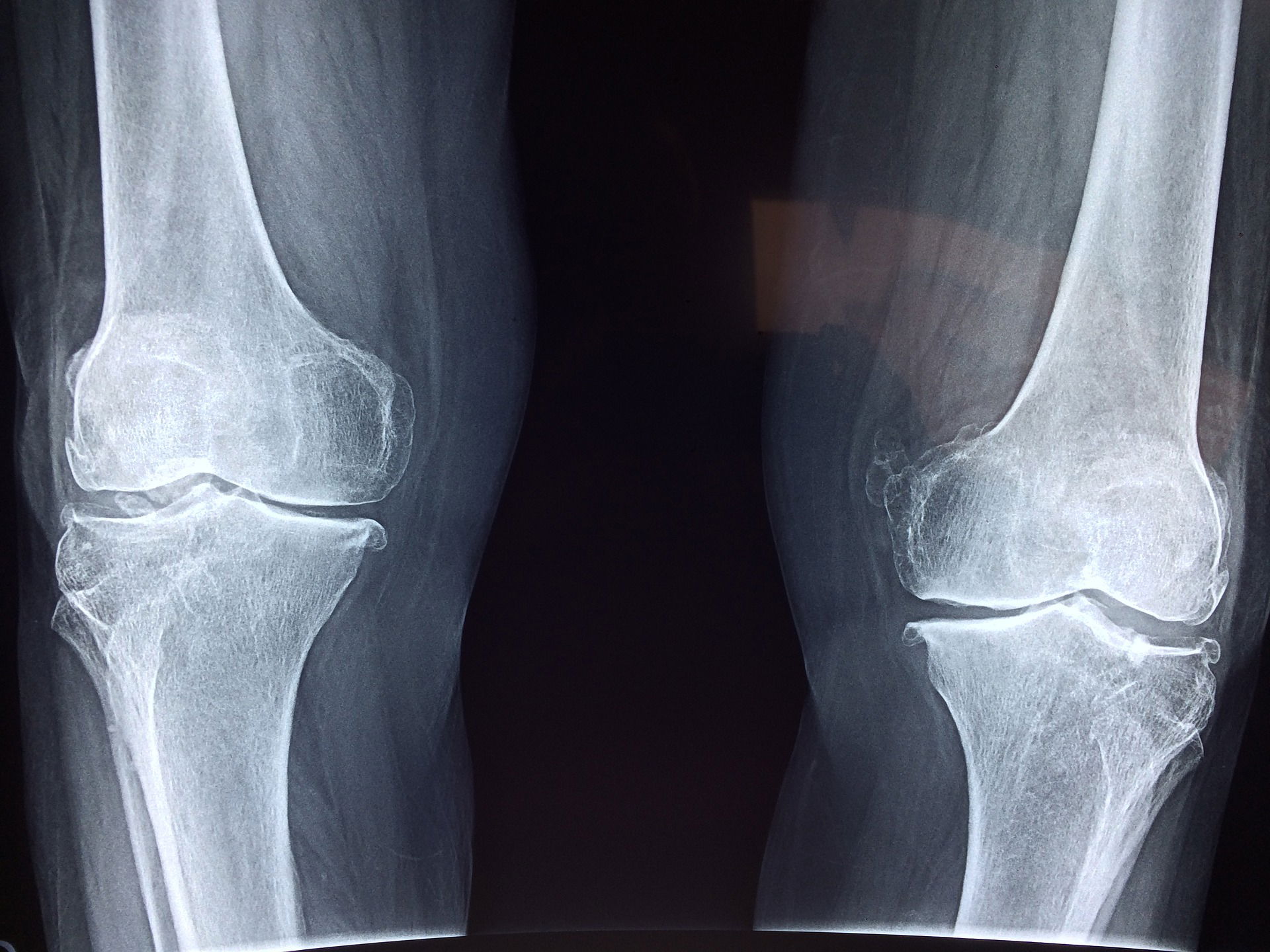Osteoporosis

Osteoporosis
Introduction
Osteoporosis is the most common bone disease. It causes progressive bone loss and increases the risk of fractures. Osteoporosis is more common in women than men, and the incidence increases with age. Bone loss from osteoporosis can lead to fractures and disability. The progression of osteoporosis may be reduced with treatments, including dietary changes, nutrition supplements, exercise, and medications.
Anatomy
Your bones vary in size and shape. All of your bones line up and connect to form your skeleton. In addition to creating your body structure, your bones produce blood cells, form joints with muscles for movement, and protect your internal organs.
Your bones are live tissues. They change and grow like the other parts of your body. Most of the bones in your body are composed of the same layered materials.
Causes
Although the exact cause of osteoporosis is unknown, there are several factors that may contribute to the condition. As you grow older, new bone production decreases, resulting in a reduced total bone mass. People with small bones or a family history of fractures have a greater risk of developing osteoporosis. The risk for women increases at menopause when estrogen levels drop. Poor nutrition, a low calcium diet, smoking, excessive alcohol intake, and a lack of regular exercise are lifestyle factors that may contribute to osteoporosis. Medications, such as steroids or anticonvulsants, and some illnesses, such as thyroid disorders or bone cancer, can cause osteoporosis.
Symptoms
Osteoporosis does not cause symptoms in the early stages of the disease. As osteoporosis progresses, you may experience bone tenderness or pain, particularly in your neck or low back. You may develop stooped posture and a loss of height. For many, bone fractures are the first sign of osteoporosis. The spine, wrists, or hips are common fracture sites.
Diagnosis
Your primary care physician or gynecologist may assess you for osteoporosis. You should tell your doctor about your risk factors. Bone mineral density (BMD) testing is an evaluation used to help diagnose osteoporosis. It is a type of X-ray test called a dual-energy x-ray absorptiometry (DEXA). BMD testing is recommended for women under the age of 65 with risk factors other than menopause, postmenopausal women with fractures, and all women age 65 and older. Additional X-rays, computed tomography (CT) scans, blood tests, and urine tests may be used.
Treatment
Lost bone cannot be replaced, but further bone loss can be prevented. Treatments are also aimed at reducing pain and preventing fall-related fractures. Your doctor will make nutrition and exercise recommendations for you. Calcium and Vitamin D supplements are commonly advised. Weight bearing exercises, such as walking, can help prevent bone loss and possibly increase bone density. It is also helpful to reduce the risk factors that you can control, such as quitting smoking.
There are several different types of medications that are used to treat osteoporosis. Your doctor will review the risks and benefits of the medications with you. Bisphosphonates and hormone replacement therapy are used to treat osteoporosis in postmenopausal women. Newer anti-estrogen medications, such as Raloxifene, are selective estrogen receptor modulators (SERMs). SERMs act similar to estrogen to increase bone density, reduce the risk of fractures, and lower the risk of breast cancer. Calcitonin is a medication that eases pain and slows the bone loss process. Alendronate is a newer FDA approved medication to help prevent bone loss from osteoporosis.
Prevention
Osteoporosis cannot be cured, but its progression may be prevented with medication, diet, and exercise. You should reduce the risk factors that you can control, such as not smoking or drinking alcohol excessively.
Am I at Risk
More women than men develop osteoporosis. The condition is more common in people that are Caucasian or Asian. Risk factors may increase your chance of developing osteoporosis. Risk factors include:
_____ Increasing age is a risk factor for osteoporosis. With aging, calcium and phosphate substances that make bones strong, are reabsorbed by the body causing bones to become weaker.
_____ Decreased estrogen levels in women after menopause increases the risk of osteoporosis.
_____ Lowered testosterone levels in men with aging increases the risk of osteoporosis.
_____ Excess corticosteroid production from Cushing’s syndrome, hyperthyroidism, and hyperparathyroidism increases the risk of osteoporosis.
_____ Bone cancer may cause osteoporosis.
_____ Immobility or being confined to a bed may increase the risk of developing osteoporosis.
_____ Osteopenia, abnormally low bone density, may lead to osteoporosis.
_____ People with a family history of osteoporosis have a greater risk of developing osteoporosis.
_____ Certain medications, such as steroids and anticonvulsants, can cause osteoporosis.
_____ Absent menstrual periods (amenorrhea) or early menopause may increase the risk of osteoporosis.
_____ Smoking and heavy alcohol consumption increases the risk of osteoporosis.
_____ Eating disorders and low body weight increase the risk of osteoporosis.
_____ A lack of calcium in your diet increases the risk of osteoporosis.
Complications
Bone loss from osteoporosis can lead to fractures, particularly in the spine, wrist, and hips. Hip fractures are a leading cause of admittance to nursing homes.
Advancements
Researchers are working on developing a urine test to diagnose early osteoporosis. This may expedite treatment and help to reduce the effects of osteoporosis.